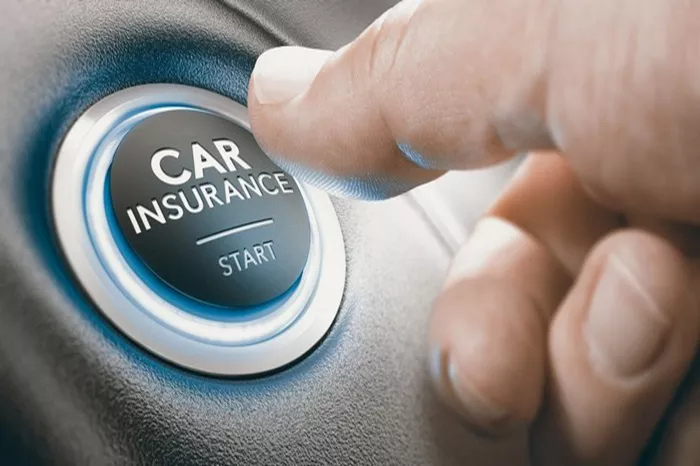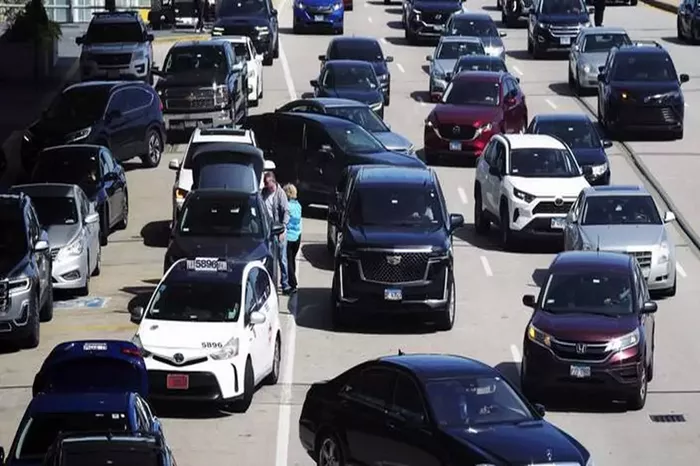Car insurance coverages are comprehensive and diverse, designed to protect drivers, passengers, and vehicles from various risks and losses associated with automobile ownership and operation. From a professional perspective, car insurance can be broadly categorized into several key coverages, each serving a specific purpose and providing financial protection in different scenarios. Below is an in-depth introduction to these coverages, structured into several small points for clarity.
Liability Coverage
Definition and Purpose
Liability coverage is the foundational element of car insurance. It protects the insured from financial losses due to injuries or property damage caused to others in an accident that the insured is deemed responsible for.
Components
- Bodily Injury Liability (BIL): Covers medical expenses, lost wages, and other related costs for injured third parties.
- Property Damage Liability (PDL): Pays for repairs or replacement of property damaged in an accident, such as vehicles, fences, or buildings.
Importance
Liability coverage is mandatory in most states, as it ensures that drivers can compensate victims for their losses without facing financial ruin.
Comprehensive and Collision Coverage
Definition and Purpose
Comprehensive and collision coverage protect the insured’s vehicle from damage caused by various events, regardless of fault.
Components
- Collision Coverage: Pays for repairs or replacement of the insured’s vehicle when it is damaged in an accident with another vehicle or object, such as a tree or guardrail.
- Comprehensive Coverage: Covers losses due to non-collision events, such as theft, vandalism, fire, hail, flood, and other natural disasters.
Importance
These coverages are especially important for vehicle owners who want to protect their investment and avoid out-of-pocket expenses for repairs or replacement.
Medical Payments and Personal Injury Protection (PIP)
Definition and Purpose
Medical payments and PIP coverages provide financial assistance for medical expenses resulting from a car accident, regardless of fault.
Components
- Medical Payments Coverage: Pays for medical bills, including hospital stays, surgeries, and rehabilitation, for the insured and their passengers.
- Personal Injury Protection (PIP): Offers a broader range of coverage than medical payments, including lost wages, childcare expenses, and funeral costs.
Importance
These coverages ensure that injured parties receive timely medical care without worrying about the financial implications.
Uninsured/Underinsured Motorist Coverage (UM/UIM)
Definition and Purpose
UM/UIM coverage protects the insured from financial losses caused by drivers who do not have enough insurance or no insurance at all.
Components
- Uninsured Motorist Coverage (UM): Pays for medical expenses, lost wages, and property damage when the at-fault driver has no insurance.
- Underinsured Motorist Coverage (UIM): Provides additional compensation when the at-fault driver’s insurance limits are insufficient to cover the losses.
Importance
UM/UIM coverage is crucial in states with high rates of uninsured or underinsured drivers, as it offers an extra layer of protection against financial losses.
Towing and Labor Costs, Rental Reimbursement, and Roadside Assistance
Definition and Purpose
These coverages provide additional benefits and conveniences to the insured in the event of a breakdown or accident.
Components
- Towing and Labor Costs: Pays for the cost of towing and emergency repairs if the vehicle is disabled.
- Rental Reimbursement: Provides coverage for the cost of a rental car while the insured’s vehicle is being repaired.
- Roadside Assistance: Offers services such as battery jumps, fuel delivery, and lockout assistance.
Importance
These coverages can help minimize inconveniences and additional costs associated with vehicle breakdowns or accidents.
Gap Insurance
Definition and Purpose
Gap insurance covers the difference between the actual cash value of the vehicle and the amount still owed on the loan or lease in the event of a total loss.
Importance
Gap insurance is particularly important for new car owners or those with high loan balances, as it ensures that they will not be left with a financial burden after a total loss.
Modified Car Insurance
Definition and Purpose
Modified car insurance provides coverage for vehicles that have been customized or altered from their original factory specifications.
Components
- Custom Parts and Equipment Coverage: Pays for repairs or replacement of custom parts and equipment installed on the vehicle.
- Agreed Value Coverage: Allows the insured to set the value of the vehicle based on its customized state, rather than its actual cash value.
Importance
Modified car insurance ensures that customized vehicles are adequately protected, reflecting their true value and the investments made by their owners.
Umbrella Insurance
Definition and Purpose
Umbrella insurance provides additional liability coverage beyond the limits of the insured’s primary policies, such as auto and homeowners insurance.
Importance
Umbrella insurance offers peace of mind by providing additional financial protection in the event of catastrophic losses, such as severe accidents or lawsuits.
Conclusion
Car insurance coverages are designed to protect drivers, passengers, and vehicles from various risks and losses associated with automobile ownership and operation. From liability coverage to comprehensive and collision coverage, medical payments and PIP, UM/UIM coverage, towing and labor costs, rental reimbursement, roadside assistance, gap insurance, modified car insurance, and umbrella insurance, each coverage serves a specific purpose and provides crucial financial protection. By understanding these coverages and selecting the right ones for their needs, drivers can ensure that they are adequately protected in the event of an accident or other covered event.
Related Topics:



















